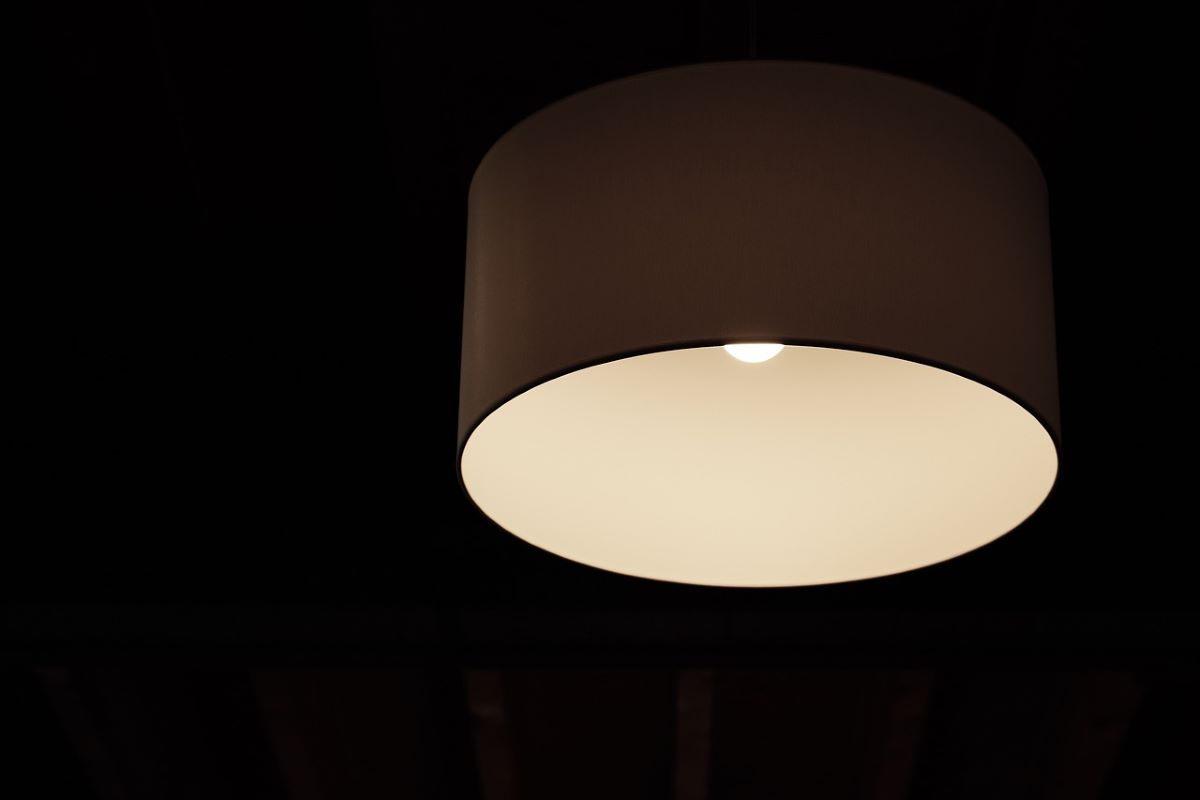The Art of Ceiling Design
In interior design, ceilings often seem to play a supporting role—overhead but rarely the focal point. However, using aluminium battens can add a sleek, modern touch, creating a dynamic visual effect. Incorporating suspended ceiling tiles can also enhance both the aesthetic and acoustic qualities of a room. By creatively blending these elements, you can transform your ceiling from a mere overhead surface into a captivating design feature. Let’s explore seven key areas to consider when designing remarkable ceilings.
Timber Ceiling Cladding
Timber cladding brings warmth and texture to any space. Consider using natural wood planks or panels to cover your ceiling. Depending on your style preference, you might opt for rustic reclaimed timber, which adds a cozy, vintage feel, or sleek, stained boards for a more contemporary look. Timber cladding can be installed directly onto the ceiling or arranged in a grid pattern using softwood battens for a more intricate design.
To enhance the visual appeal, you might mix different wood finishes or types, such as combining dark mahogany with lighter oak. This contrast adds depth and interest to the ceiling. Regular maintenance is necessary to keep the timber ceilings ingood shape, so using appropriate wood treatments and cleaners is recommended. Timber cladding can be complemented with built-in lighting features to accentuate its natural textures.
Metal and Custom Ceilings

Why stick to traditional materials? Metal ceilings—whether in copper, aluminium, or steel—add an industrial edge that makes a bold statement. Metal ceilings are durable and customizable, with options such as laser-cut patterns or 3D panels allowing you to express your unique style. Imagine a geometric metal ceiling in a modern living room or a wave-like pattern in a chic restaurant.
Opting for powder-coated finishes can add color and prevent rust. Combining metal ceilings with LED lighting can highlight their textures and create dramatic visual effects. Metal ceilings can also be integrated with other design elements like exposed ductwork or hanging plants to create a more eclectic and personalized space. Although metal ceilings are relatively low-maintenance, regular cleaning with non-abrasive cleaners will help maintain their shine and prevent discoloration.
Wooden Ceiling Ideas
Wooden ceilings evoke coziness and timelessness. They can be designed with exposed beams, tongue-and-groove panels, or intricate wooden medallions. Exposed beams can create a rustic farmhouse feel, while painted tongue-and-groove planks offer a coastal vibe. Stained wood adds more depth and elegance to the overall design.
Combining large wooden beams in open spaces with contrasting finishes can achieve a high-impact look. For instance, whitewashed beams brighten up a room while retaining a rustic charm. Wooden ceilings should be protected from moisture and extreme temperatures, using sealants and ensuring proper ventilation to prevent warping or mold growth.
Tray Ceiling Concepts
Tray ceilings feature are great for adding a luxurious feel to the room. These ceilings break up the flat expanse of a standard ceiling, making the space feel more dynamic. A tiered tray ceiling with built-in lighting can add drama, while a painted or wallpapered tray ceiling in a bedroom can offer a luxurious touch.
Incorporating LED strips or recessed lighting into the tray ceiling can create a soft, indirect light that highlights the depth and structure of the design. Consider using different colors or textures within the tray ceiling to create a layered effect that enhances the overall ambiance of the room. Tray ceilings can also be used to frame other design elements, making them stand out even more.
Coffered Ceiling Ideas
Coffered ceilings exude timeless elegance with their grid-like patterns of recessed panels. These ceilings add sophistication and architectural interest to formal spaces like dining rooms or entryways. Classic square or rectangular coffers can be used, or more creative shapes like octagonal or circular ones. Painting them in contrasting colors or adding decorative moldings enhances their visual impact.
Coffered ceilings can also be used to define different areas within a large room, such as creating a coffered ceiling in the dining area to visually separate it from the living space. This design element adds a sense of structure and organization to the room, enhancing both its functionality and aesthetic appeal. Coffered ceilings can be paired with elegant light fixtures or chandeliers to further emphasize their grandeur.
Vaulted Ceiling Ideas
For a grand statement, vaulted ceilings are ideal. These soaring designs create an open, airy feel, perfect for making rooms appear larger and more spacious. Cathedral ceilings with exposed wooden beams are ideal for rustic or Mediterranean-inspired interiors. Adding skylights or clerestory windows can flood the space with natural light, enhancing the sense of openness.
Vaulted ceilings provide vertical space that can be utilized for tall shelving units or dramatic light fixtures to accentuate the height of the room. Using large windows or glass doors can also enhance the natural light and view, making the room feel even more expansive. Ensuring proper insulation for vaulted ceilings is crucial to maintaining energy efficiency, and regular inspections for leaks or damage around skylights are recommended.
Painted Ceiling Ideas
Don’t underestimate the power of paint! A well-chosen ceiling color can dramatically transform a room. Consider using bold accent colors for a dramatic effect, or go for lighter pastel shades to create a serene atmosphere. Patterns such as stripes, stencils, or even murals can turn the ceiling into a focal point.
By paying attention to these key areas, you can transform your ceiling into a remarkable design feature that not only enhances the aesthetics but also defines the character of your space. Embrace the ceiling as a blank canvas, and let your creativity do the magic.

